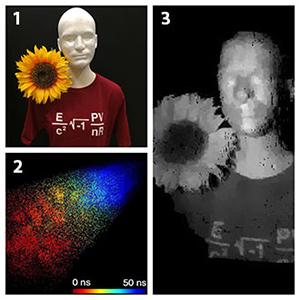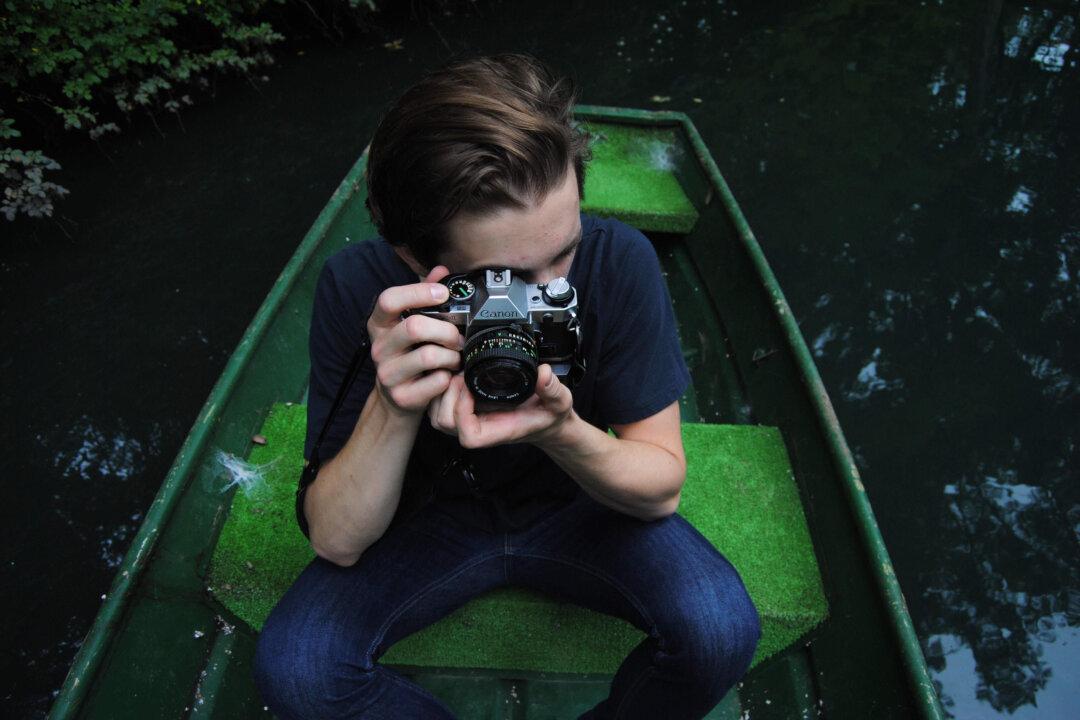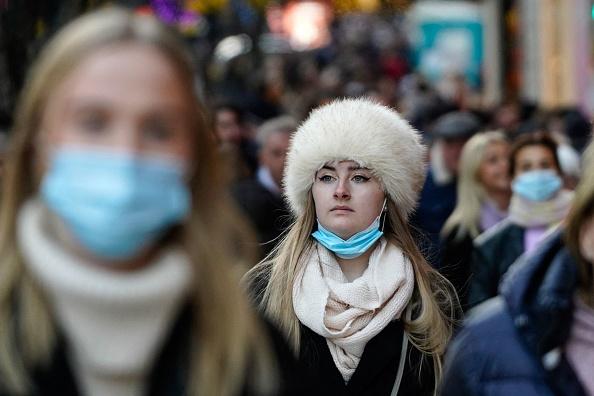When you take a photo on a cloudy day with your average digital camera, the sensor detects trillions of photons. Photons, the elementary particles of light, strike different parts of the sensor in different quantities to form an image, with the standard four-by-six-inch photo boasting 1,200-by-1,800 pixels.
Anyone who has tried to take a photo at night or at a concert knows how difficult it can be to render a clear image in low light. Now, researchers have figured out a way to render an image while also measuring distances to the scene using about one photon per pixel.
“It’s natural to think of light intensity as a continuous quantity, but when you get down to very small amounts of light, then the underlying quantum nature of light becomes significant,” says Vivek Goyal, an associate professor of electrical and computer engineering at Boston University’s College of Engineering.
“When you use the right kind of mathematical modeling for the detection of individual photons, you can make the leap to forming images of useful quality from extremely small amounts of detected light.”
Goyal’s study combines new image formation algorithms with the use of a single-photon camera to produce images from about one photon per pixel. The single-photon avalanche diode (SPAD) camera consisted of an array of 1,024 light-detecting elements, allowing the camera to make multiple measurements simultaneously to enable quicker, more efficient data acquisition.
The experimental setup uses infrared laser pulses to illuminate the scene the research team wanted to capture, which is also illuminated by an ordinary incandescent light bulb to accurately reproduce the condition of having a strong competing light source that could be present in a longer-range scenario.
Both the uninformative background light and laser light reflected back to the SPAD camera, which recorded the raw photon data with each pulse of the laser. A computer algorithm analyzed the raw data and used it to form an image of the scene. The result is a reconstructed image, cobbled together from single particles of light per pixel.





